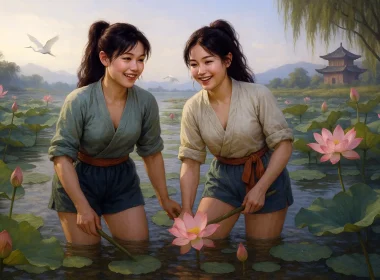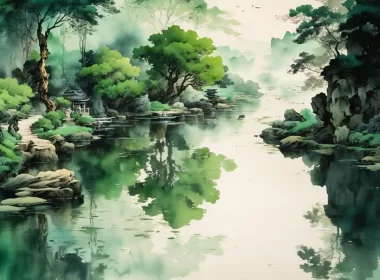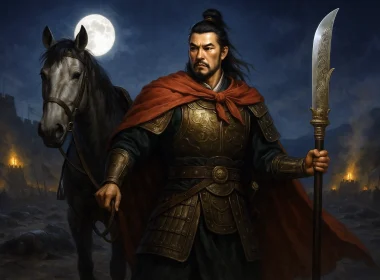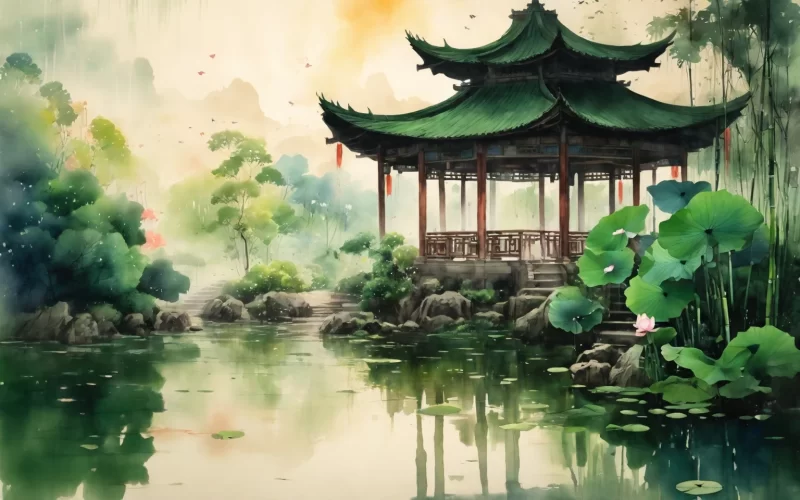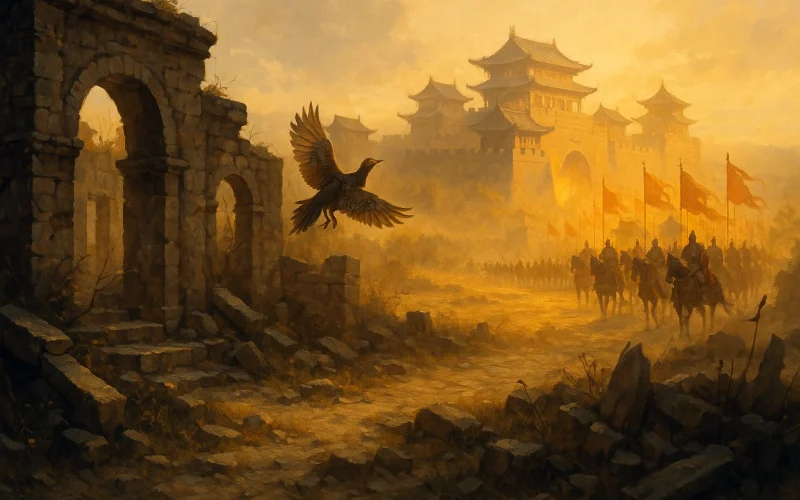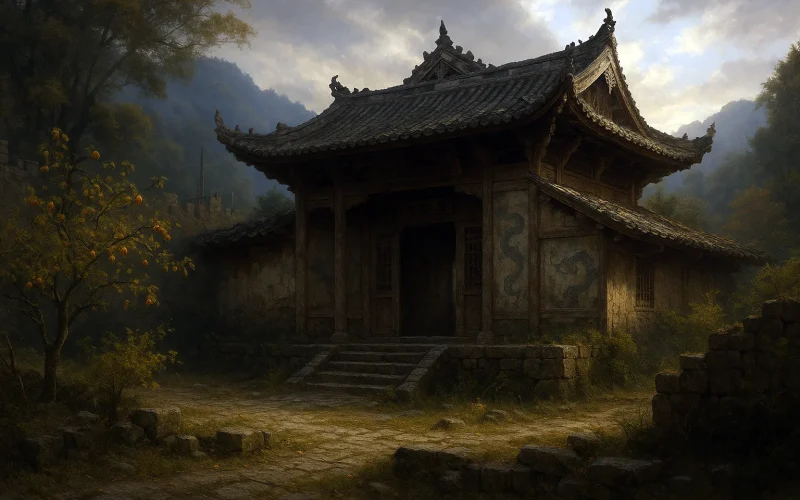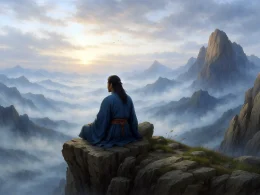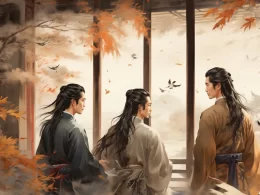Where the two poets parted,
The scene seems broken-hearted.
The moon's left in the sky;
The stream flows with deep sigh.
The pool reflects sunlight;
Bamboos shiver at night.
The present like the past;
Long, long will friendship last.
Original Poem:
「谢公亭」
李白
谢亭离别处,风景每生愁。
客散青天月,山空碧水流。
池花春映日,窗竹夜鸣秋。
今古一相接,长歌怀旧游。
Interpretation:
This poem is Li Bai's work commemorating Xie Tiao. Xie Tiao was a renowned poet, and Xie Gong Pavilion was a place where he once composed poems and held banquets. Through the scenery of Xie Gong Pavilion, the poem expresses Li Bai's remembrance of Xie Tiao, lamenting the passage of time and the loneliness of human affairs, while also blending in the poet's personal experiences and aspirations.
First Couple: "谢亭离别处,风景每生愁。"
(Xie Gong Pavilion, once a place of parting and farewell, now stirs even greater sorrow amidst its unchanged scenery.)
The poet, upon arriving at Xie Gong Pavilion, is deeply moved by the scene. This place, which once witnessed farewells, now evokes poignant feelings. It carries both his remembrance of Xie Tiao and reflections on life and history.
Second Couple: "客散青天月,山空碧水流。"
(The guests of old have long departed, leaving only the cold blue sky and the bright moon, with the mountains silent and the clear water flowing endlessly.)
Through this description of the stillness at Xie Gong Pavilion, the poet conveys the desolation of history and the insignificance of individuals. The vast sky, empty mountains, and flowing water embody the poet's longing for Xie Tiao and his own sense of solitude.
Third Couple: "池花春映日,窗竹夜鸣秋。"
(In spring, the pond’s flowers reflect the sunlight, while in autumn, the bamboo outside the window rustles softly in the night.)
The poet depicts the seasonal beauty of Xie Gong Pavilion. Though the scenery remains, the people are gone. These lines use the enduring beauty of nature to highlight the solitude, expressing the poet's admiration for Xie Tiao's refined lifestyle and noble spirit.
Fourth Couple: "今古一相接,长歌怀旧游。"
(The past and present intertwine as I sing a long song, reminiscing about Xie Tiao’s grace and grandeur.)
The poet’s imagination bridges the gap between past and present, allowing him to spiritually connect with Xie Tiao. This merging of ancient and modern emotions deepens the poet’s tribute and reveals his reverence for Xie Tiao's character.
Writing Features:
- Emotion through Scenery: The poet infuses his feelings into the description of Xie Gong Pavilion’s scenery, creating a harmonious blend of emotions and imagery.
- Contrasting Imagery: The contrast between past splendor and present desolation highlights the depth of the poet’s nostalgic sentiments.
- Evocative Imagery: Elements like the blue sky, flowing water, flowers in spring, and rustling bamboo vividly create an ethereal poetic atmosphere.
- Blending Reality and Imagination: The poet juxtaposes the immediate landscape with imagined connections to Xie Tiao’s life, showcasing a transcendent spiritual state.
Overall Appreciation:
The poem centers on Xie Gong Pavilion, transitioning from its landscape to its historical figures and ultimately to the poet’s own philosophical reflections. Xie Tiao’s elegance and artistic legacy inspire profound admiration from Li Bai. His feelings of respect and his own lofty aspirations blend seamlessly with the natural scenery, creating a sublime and tranquil ambiance that lingers with the reader.
Insights:
By commemorating Xie Tiao’s virtues and cultural contributions, the poem encourages future generations to value tradition and pursue noble ideals. Its philosophy of "connecting past and present" offers insights into life and history, urging readers to find solace and resonance in moments of solitude.
Poem translator:
Xu Yuan-chong(许渊冲)
About the poet
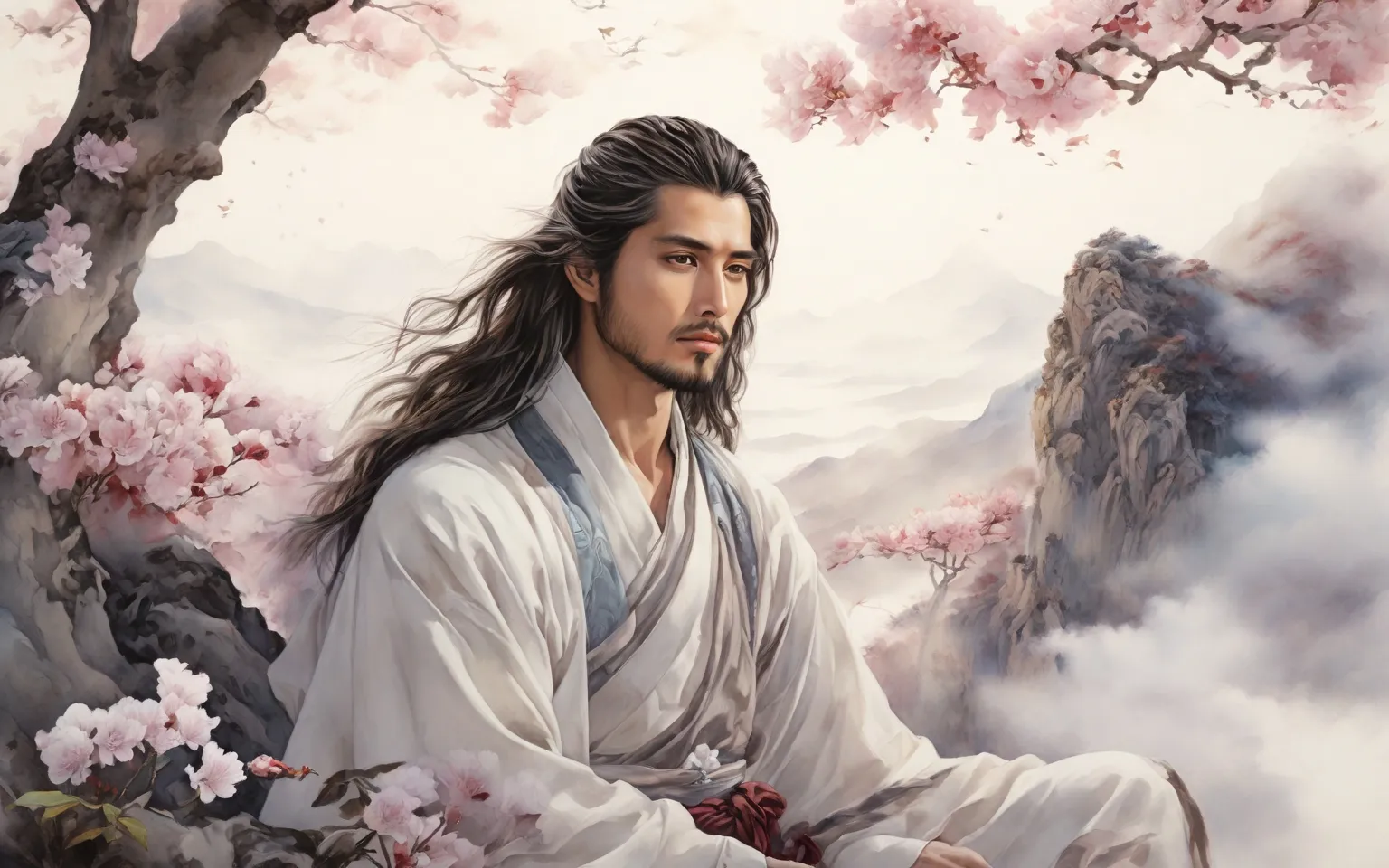
Li Bai (李白), 701 - 762 A.D., whose ancestral home was in Gansu, was preceded by Li Guang, a general of the Han Dynasty. Tang poetry is one of the brightest constellations in the history of Chinese literature, and one of the brightest stars is Li Bai.


